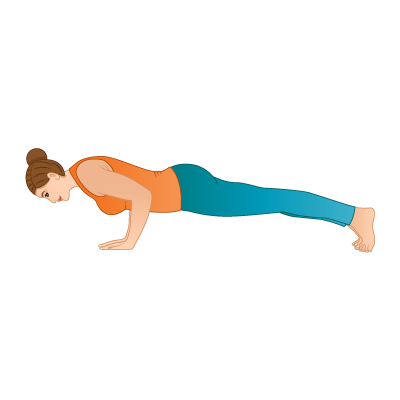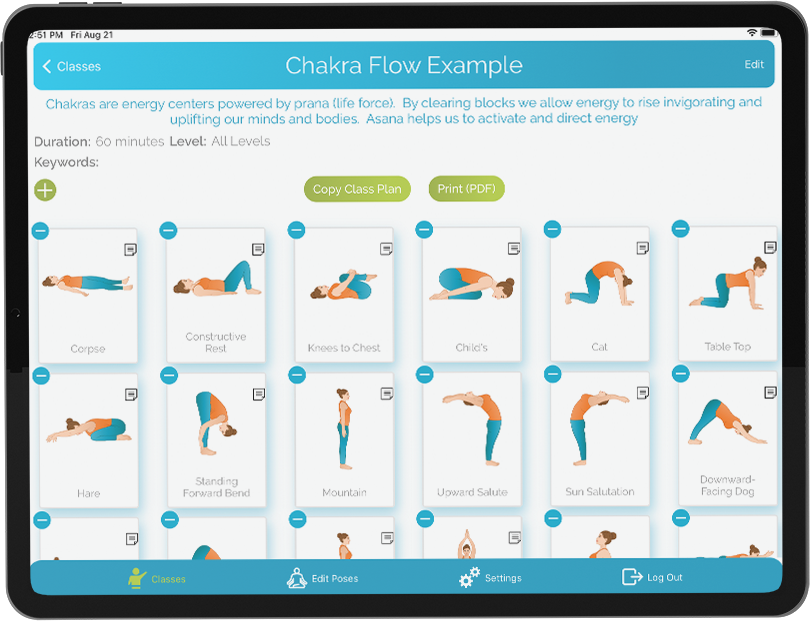5 Tips On Teaching Advanced Poses
April 26, 2017 | 4 min read
Over time your teaching will evolve as your student base grows and changes as well as how you change. When many teachers are just beginning their teaching career, they are met with beginner students. As your teaching grows, your students grow with you and their practice needs can become more advanced.
It is a common myth that an advanced yoga posture requires contortionist like skills. Instead, advanced postures can be achieved through a variety of ways. While it may seem intimidating at first, teaching advanced poses doesn’t have to be! With these 5 simple tips, you will feel more confident in your advanced asana teaching in no time.
Practice
The best way to teach advanced postures is to practice them yourself. While you don’t need to perfect each one, having the experience of being in a posture will make you better able to teach your students. When you have struggled through the process of achieving a certain posture you will be able to have a better understanding of your student’s trials in a certain posture and potential ways to help them ease the burden of discovery.
Step By Step
Rarely does a student ever end up in a lotus handstand by accident. Advanced posture requires a build up. From warming up the body to practicing less advanced postures to prepare the body for movement, providing the necessary steps is incredibly important. Within every advanced posture comes a series of options, presenting these options in a step by step fashion will allow students to feel accomplished, to push themselves, and to show that they have the ability to go further than they may have thought.
Props
Use props to achieve the required depth in any posture. Yoga props aren’t just for beginners, while they can help a beginner gain body awareness and achieve a posture, props are excellent for teaching advanced postures. Using the wall to support students while practicing inversions is a great start. Taking students off the wall and using straps to encourage activation of certain muscle groups is a great way to lessen their dependence on support. Get creative with prop use, play around with a variety of props to see what works best in your own practice and then have fun experimenting with them further with your students.
Communicate
Being clear and concise is the only effective way to teach advanced yoga postures. Practice talking through instructions out loud to people, family members always work well as they may be able to point out wording or cues that don’t make sense. Once you have found a clear way to communicate advanced instruction, you will better be able to express your intended goal to your students directly. Be sure to keep your lines of communication open with your students as they practice to ensure that they feel verbally supported in what they are doing.
Have Fun!
Yoga can be taken a bit seriously, and students seeking out advanced pose variations may become frustrated or discouraged by a certain pose. Try your best to keep things light, to offer guidance and to make sure that every student is enjoying themselves. Yoga practice is individual to each student when every student has a step to try out, a way to push themselves and the support to try their best, they will be better able to have fun and enjoy themselves. In turn, you will find yourself fueled by their enjoyment.
Practicing advanced poses can be a bit scary. That is why it is so important to offer your students support and guidance to ensure they feel comfortable getting uncomfortable in their practice.
Posted in Methodology, Teaching Resources




